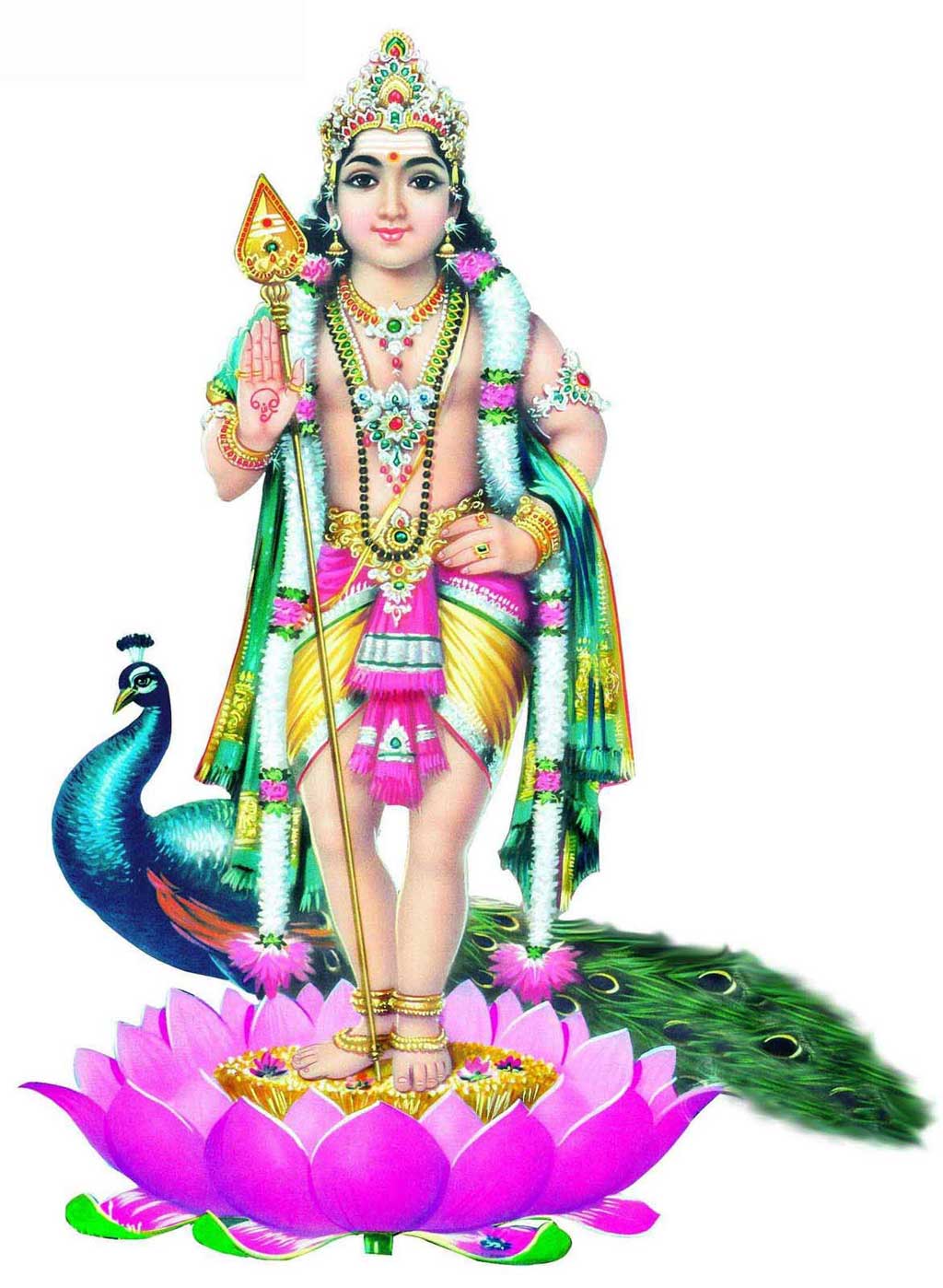
As a gyani, though he does not encourage ideas about avatars, some of his devotees consider him an avatar of Lord Muruga. Valli reportedly belongs to a Tamil tribal community.īhagwan Ramana maharshi, of Tiruvannamalai is a Gnyani par excellence. According to mythology, Lord Murugan is married to two wives, Devayani (daughter of Indra, the king of Devas) and Valli. His army flag (“ kodi “) carries the symbol of rooster (“ seval “) and on account of it, he is also known as “ Seval Kodiyon “. Murugan’s vehicle is peacock and his main weapon to destroy his enemies is “Vel” (lance). Murugan with his consorts - Valli at the left and Devayani at the right. The tamil poetic version of this mythology is also available, known as “Kanda Puranam” written by the poet Kacchiappa Sivachariyar (1350-1420). Elaborate details of this mythology can be obtained from “Skanda Puranam”. The very purpose of birth of Muruga was to annihilate the two demons Tarakasura and Surapadma. According to mythology, Murugan was born out of the fire that emanated from Lord Shiva’s third eye - his eye at the middle of his forehead, when he opened it to burn Manmata (a lord of love and romance) who tried to disturb Shiva’s meditation and turn his mind towards romance. Murugan is actually Subramanya, the son of lord Shiva. The name Murugan and his numerous other names like Murugaiyan, Sivamurugan, Velmurugan, Saravanan, Karthigeyan, Senthil, Arumugam, Subramaniyan, Subbaiah, Subbarayan, Swaminathan, Velan, Kadirvel, Shaktivel, Kandan (Skandan), Kandaswamy, Kadamban, Kumar, Kumaraswamy, Shivakumar, Shanmukham, Palani (it is actually the name of one of his abodes), Palaniswamy, Muthu Kumaran, Sakthi Kumar, Muthukumaraswamy, Dandapani, Dandayutapani etc are widely used in naming children a vast majority in the above names are quite typical to Tamils.

In India, naming children with popular names of God is very widely practiced. The word Murugan means one who is handsome.

As Shri Sankaracharya hails from Kerala, it is quite obvious that he was quite familiar with the tradition of worship of Muruga, existing all along in the Hindu culture of the south. Worship of Subramanya (or Shiva Kumar, the son of Lord Shiva) was in fact one of the formal religious sects recognized and sanctified by Shri Shankaracharya and this sect was known as Koumaram.


 0 kommentar(er)
0 kommentar(er)
